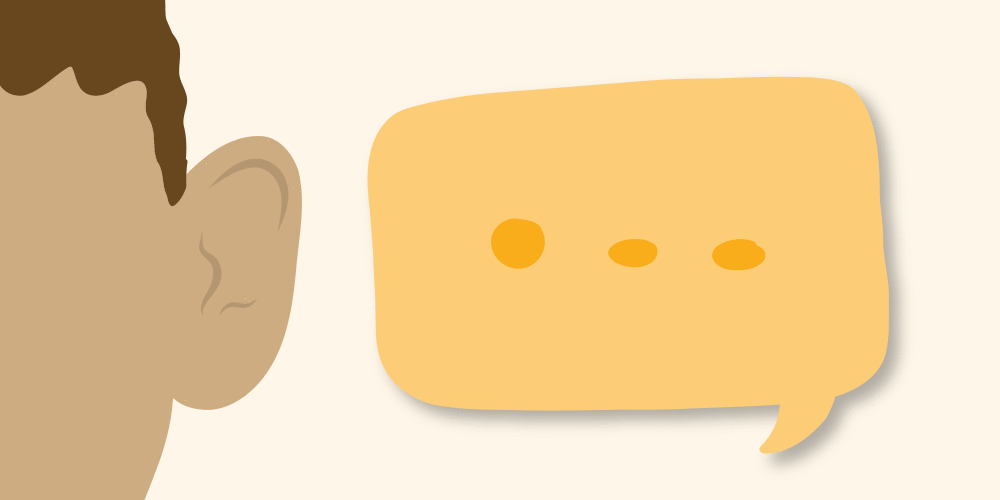Patient and Family Advisory Council
Patient and Family Advisory Council is one example of how health care is incorporating design thinking, typically found in technology, into delivering better care for patients.
If you have an improvement problem you would like to bring to the Patient and Family Advisory Council, contact epe@hsc.utah.edu for more information.
nything we can do to address discomfort and improve quality of life, especially in our chronic patients, can make a huge difference. One such chronic patient group is people with percutaneous feeding tubes.
Patients with severe nutritional deficiencies and unable to meet their needs with oral intake may need feeding tubes in order to survive. The most common type of feeding tube for longterm use is a PEG, or a percutaneous endoscopic gastrostomy tube. The tube goes directly into the stomach and allows feeding of patients who can’t feed themselves or can’t eat at all. While this treatment can be lifesaving, complications of feeding tube like leakage around the tube site can greatly impact their quality of life.
Understanding the scope of the problem
Roughly 200,000 patients receive percutaneous feeding tubes every year, and some of these people will live with that tube for the rest of their lives. The biggest problem we see in patients isn’t, “Hey, I’m not doing well because the feedings aren’t working.” It’s the leaking of gastric fluid around the tube site.
Our patients' complaints are lifestyle-based. Patients have told us that they can't leave their houses for long without extra shirts; it’s embarrassing when gastric juices start leaking out of their tubes. For years, patients have resorted to cutting menstrual pads to fit around their tube because they stay in place and are more absorbent than other options on the market.
While that recognition is important, it’s not just the entrepreneurial spirit that drives us. We’ve had the opportunity to address an unmet need. There are few things cooler than having a patient come back to you to say, “This is exactly what I needed. Thank you.”
The Bench-to-Bedside Program
Even with the best of intentions and experience, our efforts to design processes can feel tone-deaf to patients. Often, innovators implement solutions and wait to see if patients like them only to discover they don’t. Occasionally, innovators solicit feedback through surveys or focus groups, typically gathering general input about patients’ experience of care. While helpful, the information is often too generalized to apply to a specific change. The Bench-to-Bedside program is one method for avoiding some of those pitfalls.
The University of Utah’s Bench-to-Bedside program pairs students with physicians, engineers, and businesspeople. During the seven-month B2B program, student teams form “startup” companies to identify an unmet clinical need and design a technological solution to address that need.
Our group came together after participating in a reverse Bench-to-Bedside presentation where providers shared their problems and ideas with an auditorium full of people. We pitched the problem and shared slides that showed the severity of macerated broken down skin caused by leaking stomach acid and digestive fluids. From there we started searching for solutions.
Patient-centered design
We thought we could manufacture a product that was more absorbent than current options. Because of our experience working in different chemistry labs, we were familiar with substances called super absorbent polymers.
We looked at all the user requirements, like improved waterproof backing, a soft interface for the skin, and a design that fits securely around the feeding tube. Eventually, we put all these needs together, found some companies to make the materials, and developed a well-functioning product.
Our company, PegLeakSolutions, now sells our PegPads on Etsy. Our affordable products are reusable, washable and absorbent. A patient advocacy group called the Oley Foundation even featured our product in a patient story on their website in May.
While that recognition is important, it’s not just the entrepreneurial spirit that drives us. We’ve had the opportunity to address an unmet need. There are few things cooler than having a patient come back to you to say, “This is exactly what I needed. Thank you.”
Kyler Hodgson
Sarah Burton
John Fang
Health care delivery is ripe for digital disruption. How are we preparing for the future at U of U Health? Chief Information Officer Donna Roach outlines the path forward and what it takes to transform health care to meet an increasingly digital future.
How are we building digital literacy? Chief Information Officer Donna Roach and Sr. Director of Patient Experience Mari Ransco share how using design thinking and seeing care through the eyes of our patients is a great place to start.
With careful communication and teamwork, technical supervisor Lindsey Garcia, family medicine physicians Susan Pohl and Bernadette Kirarly, and associate director of strategic projects Erin McCormack share how Madsen Family Practice made it easier for patients to schedule virtual appointments and access the primary care they need.
